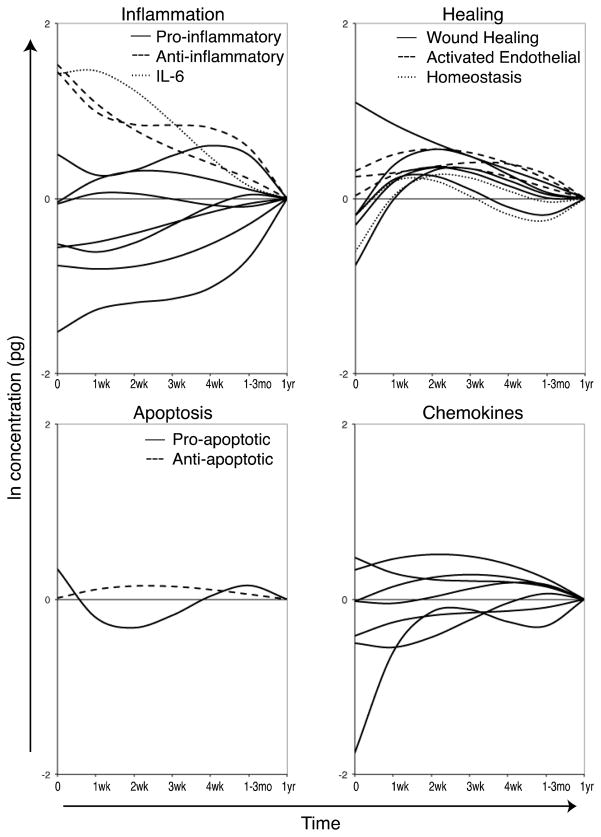Figure 2. Kinetics of immune response to trauma.
Blood samples were collected from trauma patients beginning with arrival to the emergency room and up to 1 year after injury. Multiplexing techniques were used to measure the levels of 41 immunomodulatory proteins in the plasma. Multivariable generalized estimating equations models were generated using the natural log of the concentration of each protein as the dependent variable and time since trauma, injury severity score, injury type, size of transfusion, age, sex, and microchimerism as the independent variables. Overlays of the models’ prediction of the influence of time since trauma controlling for the other covariates are plotted by protein type. Predicted values at 1 year after trauma are set as the baseline (0) for each cytokine to show elevation or depression relative to this value. The inflammation plot includes the pro-inflammatory cytokines interleukin (IL)-1α, IL-5, IL-9, IL-17, tumor necrosis factor α, tumor necrosis factor β, and macrophage migration inhibitory factor, the anti-inflammatory cytokines IL-1 Receptor a and IL-10, and IL-6, which has both pro- and anti-inflammatory properties. The healing plot includes the wound healing proteins epidermal growth factor, fibroblast growth factor-2, vascular endothelial growth factor, matrix metallopeptidase 9, and total plasminogen activator inhibitor-1, the activated endothelial markers soluble E-Selectin, soluble inter-cellular adhesion molecule-1, and soluble vascular cell adhesion molecule-1, and the homeostasis cytokines IL-7 and IL-15. The apoptosis plot includes the pro-apoptotic soluble FasL and the anti-apoptotic soluble Fas. The chemokine plot includes interferon gamma-induced protein-10, IL-8, macrophage inflammatory protein 1 α, monocyte chemotactic protein-1, eotaxin, fractalkine, and macrophage derived chemokine. (Adapted from Jackman, R. P., et al. 2012, Transfusion. doi: 10.1111/j.1537-2995.2012.03618.x, with permission)
[120]

